Research Highlights
Research Highlights
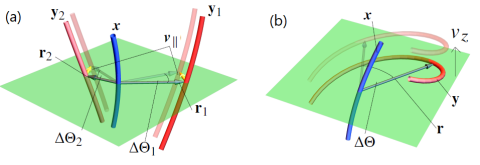
ARTop: an open-source package for measuring Active Region Topology at the solar photosphere
K. Alielden, D.MacTaggart, Q. Ming, C. Prior and B. Raphaldini present ARTop (Active Region Topology), a package that allows researchers to calculate the fluxes of topological quantitiesbased on solar magnetograms. In addition to this, ARTop also allows for the efficient analysis of these quantities in both two-dimensional maps and time series. ARTop calculates the fluxes of magnetic helicity and magnetic winding, together with particular decompositions of these quantities.
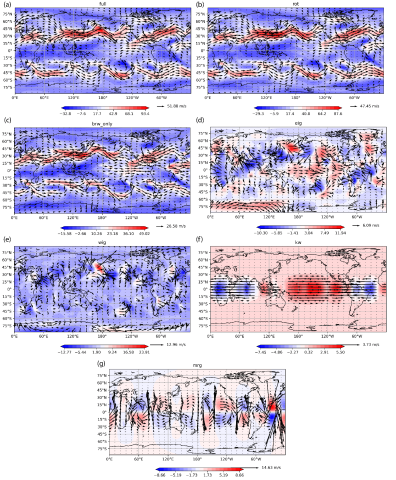
Wavenumber-frequency spectra of normal mode function decomposed atmospheric data: departures from the dry linear theory
Breno Raphaldini, et. al. observed wavenumber-frequency spectrum of tropical tropospheric disturbances (Wheeler-Kiladis diagram) helping to bridge the gap between observations and the linear theory of equatorial waves.
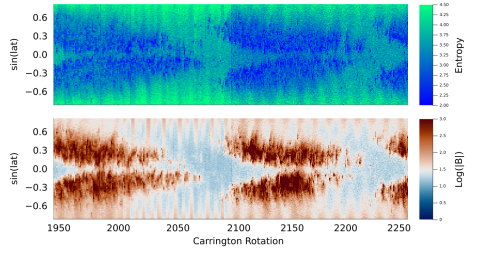
Analyzing longitude distribution of photospheric magnetic fields from MDI/HMI synoptic maps by using information theory
Breno Raphaldini, Mausumi Dikpati, and Scott W. McIntosh discuss how the longitudinal complexity plays a fundamental role in the solar magnetic activity. Rossby waves have recently been proposed as a fundamental mechanism regarding the non-asymmetric of the solar magnetic fields. They use HMI and MDI magnetic field synoptic maps to evaluate the magnetic field structures (mainly active regions) organization and propagation as a function of time and latitude.
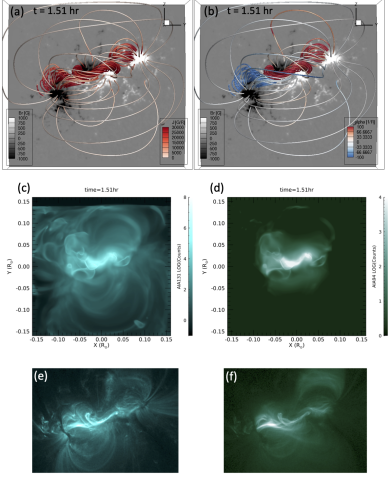
Recent Progress on Understanding Coronal Mass Ejection / Flare Onset by a NASA Living with a Star Focused Science Team
Yuhong Fan, et al. present a report of recent progress on the topic of understanding solar coronal mass ejection (CME) onset from both modeling and observational viewpoints, as carried out from 2019 to the present by the NASA Living with a Star Focused Science Topic team on “Understanding the Onset of Major Solar Eruptions.” They summarize the ideas from six American research groups regarding ongoing and upcoming challenges to the questions of how, when, and why coronal mass ejections erupt from the sun.
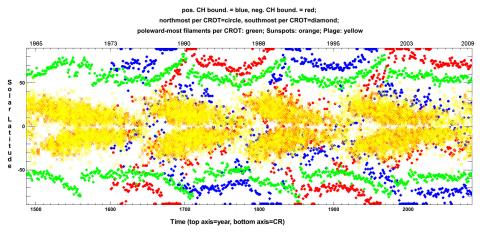
Comparative Solar Minima Using the McIntosh Archive
I. M. Hewins, S. E. Gibson, D. F. Webb, R. H. McFadden, T. A. Kuchar, B. A. Emery present the full Archive for the first time, as well as a supplement set of related maps created for the 2019-2020 solar minimum. They use a study of cross-calibrated EUV and He-I 10830 \AA\ coronal holes to better understand the connection between the nature of coronal holes during the WHPI solar minimum and the earlier minima in the main Archive.
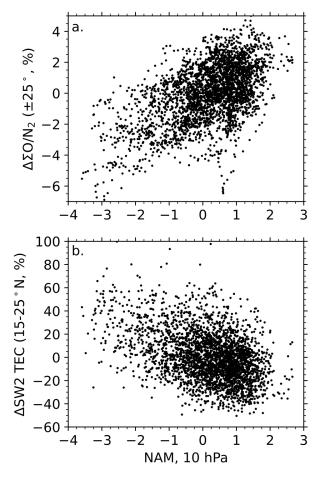
Influence of Stratosphere Polar Vortex Variability on the Mesosphere, Thermosphere, and Ionosphere
Nick Pedatella used WACCM-X to investigate the influence of stratosphere polar vortex variability on the mesosphere, thermosphere, and ionosphere during Northern Hemisphere winter. Based on 40 simulated Northern Hemisphere winters, the mesosphere and lower thermosphere (MLT) residual circulation is found to depend on whether the stratosphere polar vortex is strong or weak.

Hybrid data-driven magnetofrictional and magnetohydrodynamic simulations of an eruptive solar active region
Andrey N. Afanasyev, Yuhong Fan, Maria D. Kazachenko, and Mark C.M. Cheung present first results of the hybrid data–driven magnetofrictional (MF) and data–constrained magnetohydrodynamic (MHD) simulations of solar active region NOAA 11158, which produced an X-class flare and coronal mass ejection on 2011 February 15. We conclude that the combination of the data–driven MF and data–constrained MHD simulations is a useful practical tool for understanding the 3D magnetic structures of real solar ARs that are unobservable otherwise.
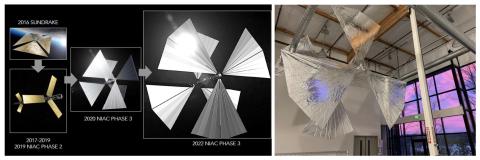
Science opportunities with solar sailing smallsats
Sarah Gibson, et al. witnessed how the synergy of small satellite technology and solar sailing propulsion enables new missions. Together, small satellites with lightweight instruments and solar sails offer affordable access to deep regions of the solar system, also making it possible to realize hard-to-reach trajectories that are not constrained to the ecliptic plane.
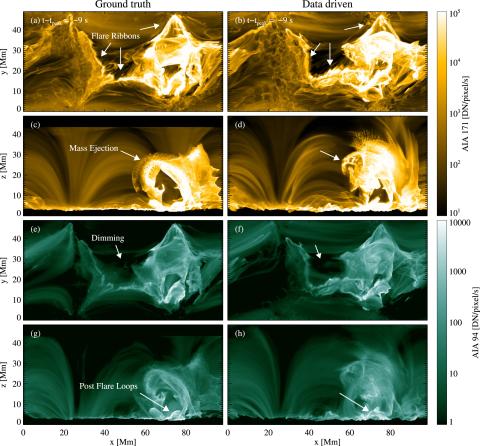
Data-driven Radiative Magnetohydrodynamics Simulations with the MURaM Code
Feng Chen, Mark C.M. Cheung, Matthias Rempel, and Georgios Chintzoglou present a method of conducting data-driven simulations of solar active regions and flux emergence with the MURaM radiative magnetohydrodynamics (MHD) code. This method helps to understand the evolution of magnetic field in a more realistic coronal environment and to link the magnetic structures to observable diagnostics.